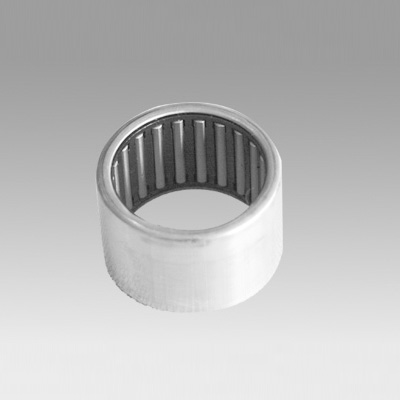
11 月 . 01, 2024 09:14 Back to list
Angular Contact Ball Bearings for Enhanced Rotational Performance in Various Applications
The Application of Angular Contact Ball Bearings
Angular contact ball bearings are vital components in various mechanical systems, providing efficient load handling and smooth rotational motion. Their unique design allows them to bear both radial and axial loads simultaneously, making them suitable for applications requiring high performance and precision.
Design and Features
Angular contact ball bearings consist of inner and outer rings with raceways that are angled relative to the bearing axis. This design facilitates the support of both radial and axial loads in one direction. The angle of contact influences the bearing's load capacity; typically, the larger the angle, the higher the axial load capacity. These bearings are categorized based on the contact angle 15°, 25°, and 40° being the most common.
A significant advantage of angular contact ball bearings is their ability to operate at high speeds. Their internal geometry minimizes friction and wear, which is crucial in maintaining longevity and reliability in demanding applications.
Applications in Various Industries
1. Manufacturing Equipment In the manufacturing sector, angular contact ball bearings are extensively used in machine tools, including lathes and milling machines. They support the spindle assembly, ensuring that precise tolerances are maintained during operation. Their capability to handle high speeds while sustaining heavy loads makes them ideal for such applications.
2. Aerospace The aerospace industry demands components that can withstand extreme conditions. Angular contact ball bearings are employed in aircraft engines and landing gear systems, where they provide stability and reliability under varying load conditions, contributing to the overall safety and performance of the aircraft.
angular contact ball bearing application

3. Automotive In automotive applications, these bearings are found in gearboxes, electric motors, and wheel hubs. Their ability to handle both radial and axial forces is particularly beneficial in steering applications. As electric vehicles become more prevalent, the demand for high-performance angular contact ball bearings is increasing to meet the requirements of precision engineering and efficiency.
4. Medical Equipment Angular contact ball bearings are also used in medical devices, such as MRI machines and robotic surgical tools. Precision and reliability are paramount in these applications, and the performance characteristics of these bearings help ensure that they operate smoothly and effectively.
Advantages Over Other Bearings
Compared to other forms of bearings, angular contact ball bearings offer several advantages. Their design allows for higher speed capabilities and improved load-carrying capacity, especially when subjected to axial loads. They also exhibit lower noise levels and reduced vibration, which is essential in applications where precision is critical.
Moreover, the ability to pre-load angular contact ball bearings ensures that there is no play in the system, which enhances accuracy and rigidity in operations. This preloading capability is particularly valued in high-precision applications, where even the slightest movement can lead to performance degradation.
Conclusion
Angular contact ball bearings play a crucial role in modern machinery across various industries. Their unique design features allow them to handle complex loading conditions efficiently, making them indispensable in applications requiring high accuracy and reliability. As industries continue to evolve and demand more from their machinery, the importance of angular contact ball bearings will only grow, underscoring their significance in the advancement of technology and engineering.
Latest news
-
Unlocking Efficiency with Spherical Roller Bearings
NewsOct.29,2024
-
The Ultimate Guide to Thrust Ball Bearings
NewsOct.29,2024
-
The Power of Thrust Roller Bearings: Engineered for Excellence
NewsOct.29,2024
-
The Power of Deep Groove Ball Bearings for Your Application Needs!
NewsOct.29,2024
-
The Power and Performance of Cylindrical Roller Bearings
NewsOct.29,2024
-
High-Quality Ball Bearing Manufacturing Machines
NewsOct.29,2024
